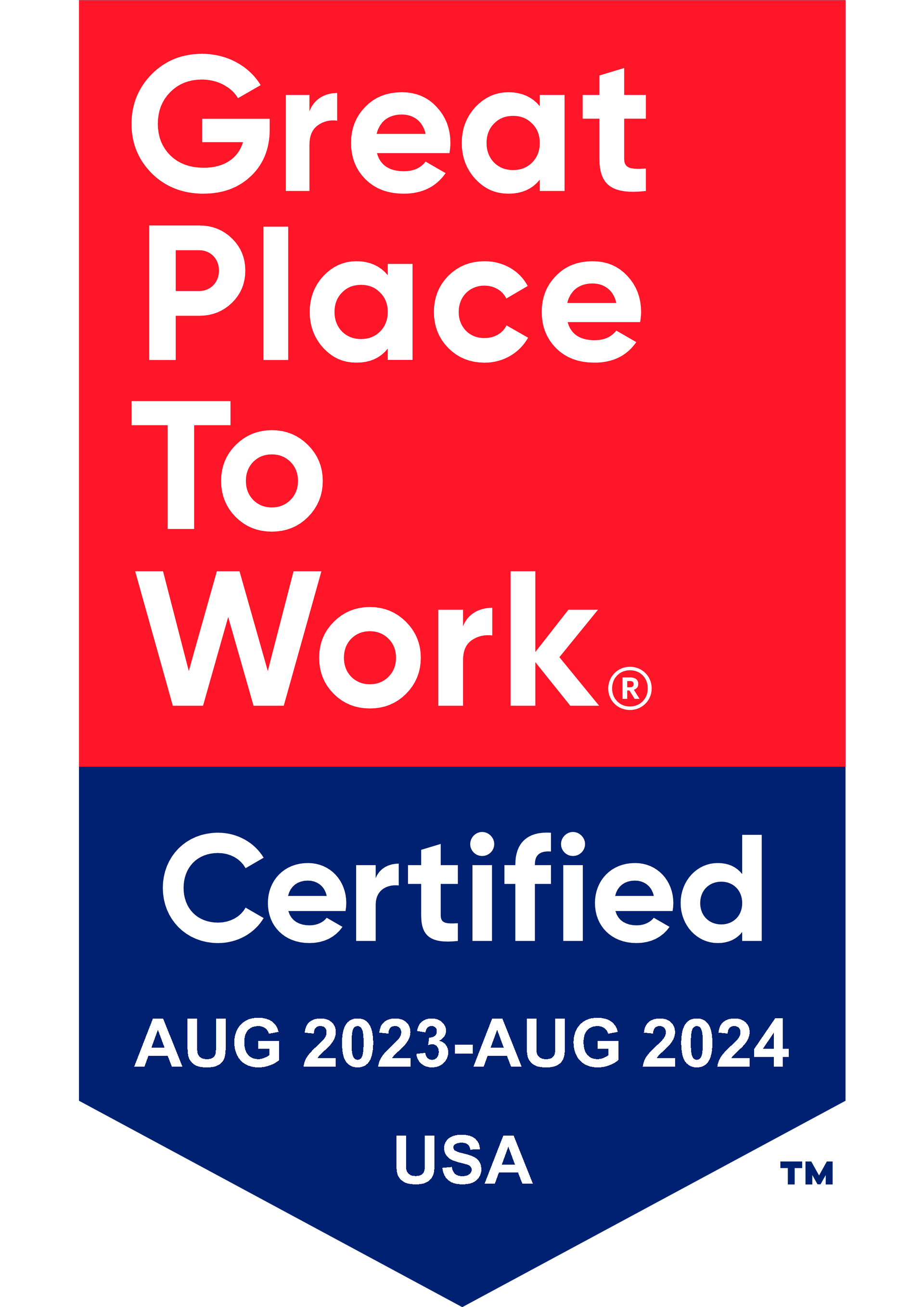
What is High Limit Disability Insurance and Who Qualifies for It?

Nearly 25% of adults live with a disability that impacts their ability to function. It is also projected that 1 in 4 of today's 20-year-olds will become disabled before retirement. When you consider these statistics and the fact that 7 in 10 Americans live paycheck to paycheck, it is clear there is a need for disability insurance to support financial security when that disability prevents individuals from working.
Long-term disability (LTD) insurance ensures individuals are taken care of in the event of a serious illness or injury. Most organizations offer group LTD insurance with a 60% salary replacement and a maximum payout of $10,000 to $25,000 per month.
Individual disability insurance (IDI) also provides coverage for individuals that do not have access to or would like additional coverage above group LTD insurance. IDI is subject to similar limits as group LTD. These limits can be a problem for very high earners, leading to less than 60% of their pre-disability salary, which leaves them exposed.
Why Are Group Long Term Disability Plans a Problem for High Earners?
Group LTD and IDI plans include participation and issue limits that leave highly compensated individuals at risk should they incur a disability.
Group Long-Term Disability (LTD)
The typical coverage level of group long-term disability plans is 60% of an employee's earnings up to a predefined monthly maximum. The calculation is based on pre-disability earnings.
Let's say a group LTD plan for executives has a $12,500 monthly maximum benefit. If an employee earns $250,000 per year, they will receive the maximum monthly benefit (($250,000 X 60%) / 12 months = $12,500). Anyone earning less than $250,000 would also receive the maximum benefit. On the flip side, anyone earning more than $250,000 per year would receive a lower percentage of disability income since the maximum monthly amount allowed is $12,500.
Individual Disability Insurance (IDI)
People often purchase IDI in conjunction with group LTD plans to offer protection above the group LTD insurance plan. IDI may also be purchased by individuals who do not have access to group LTD plans. Coverage and cost of IDI vary greatly between carries based on factors such as the scope of coverage, the participant's age, health, occupation, and more.
An IDI addition does provide additional coverage for very high-income earners. However, there are still limits on how much policy issuers will write IDI and group LTD insurance, leaving very high-income earners lacking protection.
With the monthly limit amounts set by these policies, highly compensated professionals end up receiving a benefit amount that's much lower than 60% of their income, resulting in reverse discrimination. The higher the professional's income, the lower the percentage of their income protected in the unfortunate event of an illness or injury resulting in a disability.
Fortunately, high limit disability insurance (HLDI) is available to help fill in the gaps and protect high-income earners.
Professional Exclusions
Traditional group LDT and IDI can also be a problem for people whose occupations, medical histories, and hobbies make them unacceptable risks. When deemed an unacceptable risk, these individuals cannot secure disability insurance. For those with very high incomes, HLDI might be an option.
What Is a High Limit Disability Insurance Plan?
Since individual disability and group long-term disability plans don't provide the coverage needed for very high-income earners, there has been a growth in the High Limit Disability Insurance (HLDI) market. HLDI policies are non-traditional policies written in addition to existing group and individual disability coverage to support very highly compensated professionals.
HLDI policies fill in the gaps where individual long-term and group long-term disability plans end and offer the amount of coverage the policyholder needs. HLDI plans are available for individuals whose incomes go well into the seven-figure range.
How Does a High Limit Disability Insurance Plan Work?
High Limit Disability Insurance is designed to retain individual disability payouts at 65% of income regardless of income level. Such plans are typically offered on top of current coverage and offer anywhere from $2,000 to $200,000 per month. They usually protect your total income and not just your base salary.
Own Occupation vs. Any Occupation Definition
HLDI plans used the "own occupation" definition vs. the "any occupation" definition for disability benefits coverage. Own occupation means that if you cannot perform the essential duties required of your occupation, you'll receive your benefit payment, even if you can work in a different operation. The traditional "any occupation" definition for disability coverage means that if you cannot work at your own occupation but can perform other work, it will not payout. The "own occupation" definition is important for those who have spent years building a business or specialized skills.
What Types of High Limit Disability Insurance Are There?
Most HLDI options provide a tremendous amount of leverage for a meager premium, making them ideal for high-income earners. As outlined below, high limit disability insurance plans are available in different forms.
Lump-Sum Benefits Available
HLDI plans can be written to provide a lump sum benefit payout on top of the additional monthly payout in the event of disability. Lump-sum payments can be paid once the monthly benefit period has ceased or immediately upon disability. Payouts in a lump sum can exceed $50 million depending on the policy and benefit those who don't have much liquid cash available. Their assets are primarily tied up in illiquid investments, like real estate.
Employer-Paid, Group, Individual, or Voluntary
There are various types of HLDI plans available. Employers can offer HLDI plans as an employer-paid benefit or an employee-paid voluntary benefit designed for a specific class of high-income earners, like executives. Group plans can come with the benefits of discounts, limited to no medical underwriting, and complete portability if the individual leave the group plan. Individual plans are also available as Key Person protection, Buy-Sell agreements, and personal use.
What Are Other Types of Disability Insurance Available?
In addition to long-term disability and high-income disability insurance, employers often offer their employees short-term disability and DI retirement benefits.
Short-Term Disability
The key difference between traditional short-term disability and long-term disability insurance is the length of time one receives benefits if unable to work due to a serious illness or injury. Short-term disability typically covers someone for 3 to 6 months following their inability to work. Long-term disability can pay anywhere from 5 to 20 years or even until retirement age, depending on the plan design.
Short and long-term disability insurance payout a certain percentage of your base income—short-term disability sometimes pays out more, up to 70%, than long-term disability does, though not always. Both types of insurance have an elimination period, which is required before benefits kick in. For short-term disability, benefits typically take effect within weeks after a qualifying disability. Long-term disability has a more extended elimination period, generally around three months or 90 days.
DI Retirement
DI Retirement is not disability insurance, per se, though it is a disability-related type of benefit. DI retirement benefits allow employees to continue saving for retirement if they have a qualifying disability.
How Can You Find the Right High Limit Disability Plan?
Many options are available if you're self-employed, own a business, or work for a company seeking to offer HLDI. A benefits broker can prove invaluable in helping you identify the best plan for your circumstances.
Working with a benefits broker can support you in assessing, researching, and selecting the right insurance plans. Expert and reputable brokers:
- Help you assess your current workforce demographics and insurance needs
- Identify where you have gaps in policies
- Research the types of programs available to you, along with highlighting the fine print and exclusions
- Identify the most cost-effective carriers to meet your needs while keeping your budget in mind
- Receive broker discounts they can pass on to you as the purchaser
- Can serve as your one-stop-shop for all your employer benefits and insurance needs
- Allow you to forge a long-term partnership for future insurance adjustments and needs so you don't feel like you're starting over again and again
KBI Brokerage Firm Works with Hundreds of Disability Carriers
At KBI, we work with all types of businesses and individuals from all walks of life to ensure they have peace of mind with the right benefits and protection for their employees and families, respectively. We're here to help you secure high limit disability insurance and other types of disability insurance based on your needs and budget.
Sources:
https://broadreachbenefits.com/disability-benefits/high-limit-disability-insurance/
https://www.exceptionalriskadvisors.com/professions/executives-entrepreneurs.htm
https://www.piu.org/communicators/an-introduction-to-high-limit-disability-insurance
https://internationaldisociety.org/TypesofDisability_Insurance
https://www.cdc.gov/ncbddd/disabilityandhealth/infographic-disability-impacts-all.html
https://disabilitycanhappen.org/overview/



